Every month, we’re putting together a Technology Showcase to highlight new product information that PM has received from supplier companies. For the latest new products across the broad spectrum of precision machining, check out Production Machining’s New Products online.
If you would like to learn more about the latest news, product technology and operational best practices in the precision machining industry, consider subscribing to Production Machining’s free monthly print magazine.
Read PM’s Precision Machining Technology Review November 2023.
Sandvik Coromant Turning Grade Enables High-Feed Roughing
Photo Credit: Sandvik Coromant
Sandvik Coromant’s GC4405 steel turning grade is designed to provide high metal removal rates in stable conditions, particularly in harder steels. The option to machine dry in softer steels also offers opportunities for more sustainable machining.
According to Sandvik Coromant, Grade GC4405 should be applied as a high-feed productivity optimizer with high metal removal rates in stable conditions with demanding plastic deformation properties. It features a new carbide substrate with optimized microstructure, which reduces plastic deformation in high-feed applications, enabling an expansion in the application range toward harder steels and higher productivity compared to the existing grade GC4305.
The new grade GC4405 features the second-generation Inveio technology coating, which is designed to combat crater wear common to P05 applications. What makes the second-generation Inveio different from the earlier generation is the alumina coating, where the crystals are aligned even more vertically toward the top surface to improve wear resistance, offering more consistent quality and performance.
Walter Ceramic Inserts Enable Efficient Turning, Milling
Photo Credit: Walter USA LLC
Walter’s new indexable inserts comprising the WIS30 ceramic grade are designed for both milling and turning operations. Based on the elements silicon (Si), aluminum (Al), oxygen (O) and nitrogen (N), the SiAlON ceramic inserts with high aluminum content are effective when machining super alloy materials (ISO S workpiece group), such as Inconel 718, Rene, Hastelloy and Waspaloy.
Suitable turning and milling applications include roughing, semi-finishing and finishing, as well as interrupted cuts. The axial depth of cut (ap) is up to 0.197" (5 mm). The ceramic indexable inserts, with chamfer, have a rounded cutting edge (hone E) for a soft cutting action or a tough cutting edge (T-land T01020) for heavy-duty machining operations.
Kennametal Chip Fan Automates Chip Clearance
Photo Credit: Kennametal Inc.
Kennametal Inc. has announced its newest metal cutting accessory: the Chip Fan. Its latest accessory to launch features a specialized fan blade design activated by centrifugal force to support automated chip clearance, especially effective while operating unattended or lights-out machining.
The Chip Fan is manufactured with a high-quality 4140 steel cylindrical shank and durable, glass fiber reinforced nylon fan blades that can easily be replaced if they become worn or damaged. The accessory features through coolant in combination with fan blades to support complete chip evacuation.
Nikon Metrology Systems Provide Non-Destructive Inspection
Photo Credit: Nikon Metrology
Nikon Metrology has launched three new models in its VOXLS range of X-ray computed tomography (CT) systems for non-destructive inspection. The 30 Series is designed for users looking for an automation-ready system with the versatility to meet a wide range of industrial applications.
The VOXLS 30 C 225, 30 C 320 and 30 C 450 models have maximum source energies of 225 kV, 320 kV and 450 kV, respectively, for examining parts of various densities and sizes. They also have a more compact footprint than Nikon’s 40 Series while maintaining advanced features traditionally exclusive to larger, more expensive solutions.
Starrett's Wireless Electronic Depth Gage Provides Ease of Use
Photo Credit: The L.S. Starrett Co.
The L.S. Starrett Company, a leading global manufacturer of precision measuring tools and gages, metrology systems and more, has introduced three wireless electronic depth gages, including the W640JZ, W643JZ and W644JZ. The gages, which are made in the United States, are part of a line of over 40 new electronic precision gages that Starrett recently introduced to the market. The new depth gages feature a digital readout which can be viewed on a large LCD display, and offer automated wireless measurement data collection when integrated with data acquisition applications such as Starrett DataSure 4.0 software.
The new W643JZ depth gage features a knife edge base and a needle point contact that has been hardened and ground. The conical point, which is 1/2" long with a 40-degree angle, can be precisely positioned for close work due to a cutout on the knife base. All three of the new Starrett wireless electronic depth gages are accurate to ±0.001"/0.03mm, and have a 0.0005"/0.01 mm resolution. Measurement ranges for each of the gages are as follows: the W640JZ offers a range of 0-0.500" (0-13 mm), the W643JZ offers a range of 0-0.125" (0-3 mm) and the W644JZ offers a range of 0-3" (0-75 mm).
SolidCAM Releases Simulation Software for CNC Operators
Photo Credit: Getty Images
SolidCAM’s SolidCAM for Operator software solution is designed to provide machinists with a complete simulation of the SolidCAM CAM part and enable them to view the tool table list with full details. According to the company, this enables the machinist to understand the clamping setups and home positions and to view the simulation before running the G code on the CNC machine — changes to the CAM part are also enabled and the tool path and G code are regenerated.
SolidCAM for Operator gives users a full view of solid and machine simulations, enabling them to avoid unexpected crashes or collisions due to programming mistakes. Operators can make minor adjustments without relying on the CAM programmer, and they can see all details of each operation, including tools, setup definition, stock clamping, home positions and a complete simulation of the process. Users can also step through each move in the program to reduce setup time, eliminating the need to dry-run programs on the CNC.






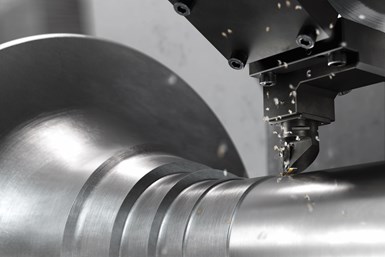

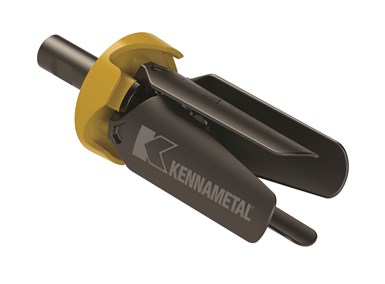
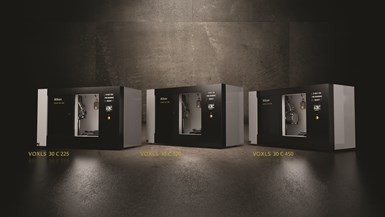
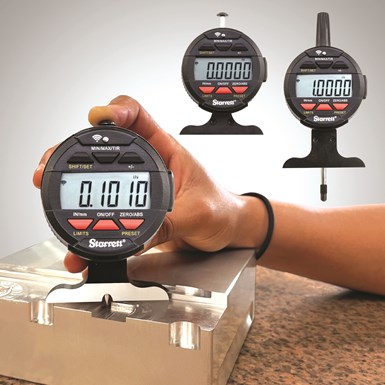
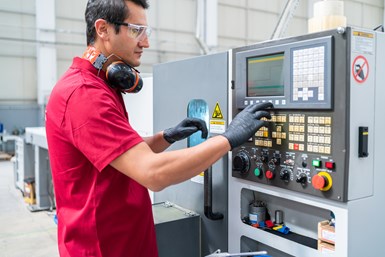

.png;maxWidth=300;quality=90)













